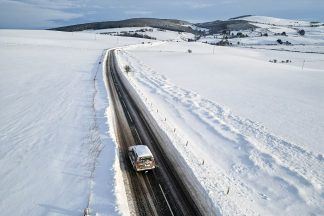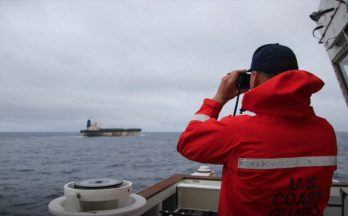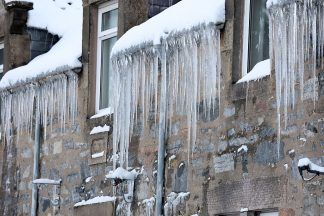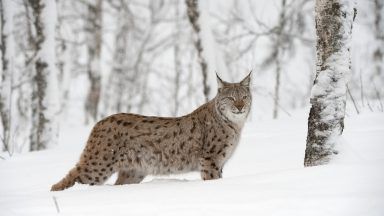Scientists have identified some of the biggest climate change threats facing one of Scotland most famous natural heritage spots.
A new study has revealed that rising sea temperatures, more frequent and severe storms as well as changes to ocean currents pose the greatest risks to St Kilda.
The archipelago is located west of the Western Isles and home to thousands of sea birds including the UK’s largest colony of Atlantic puffins, wren and two sub-species of mouse.
The group of small islands was once inhabited by people, with the last 38 islanders abandoning it in 1930.

With its rich history, St Kilda is the UK’s only UNESCO dual World Heritage Site which recognises its cultural and natural qualities.
National Trust for Scotland (NTS), which manages St Kilda, said that it was already seeing the impact of climate change with a major decline in in some of the seabird species and marine habitats.
In 2023, the National Trust for Scotland counted populations of four species of cliff-nesting seabird on St Kilda, including fulmars with which the island and islanders of the past are linked.
Compared with the previous count in 1999, cliff-nesting seabird numbers had declined by more than half (61%), and fulmars in particular had declined by 70%.
Susan Bain, property manager for St Kilda, said: “Taking care of St Kilda is a huge task for the National Trust for Scotland.
“We have certainly been experiencing the effects of climate change on St Kilda for decades, with the impacts on some of the seabird species and marine habitats being particularly profound.
“This report tells us that in the future we will have more and more challenges to manage, and it will be increasingly difficult to do so,” she said.
The location manager added that the risk of “ferocious” storms will not only bring more damage but makes conservation work more difficult for staff and volunteers.
She added that the scale of conserving the islands is going to grow and more support will be needed for future works.
Scientists recently looked into climate change threats using an assessment tool called the Climate Vulnerability Index (CVI).
They used the tool to examine the vulnerability of Neolithic heritage in Orkney, Edinburgh’s Old and New Towns and the Roman Antonine Wall.
CVI co-developer Prof Scott Heron said: “Adaptation strategies discussed during the CVI process are being planned and implemented in each location.
“These range from improving understanding of specific risks, such as through enhanced flood mapping in Edinburgh, to undertaking actions that mitigate impacts, which includes management of tourist foot traffic at Orkney, especially during periods of heavy rainfall.”
He added that preparations continue for additional CVI applications, including analyses for Scotland’s two other world heritage sites, New Lanark and the Forth Bridge.
Follow STV News on WhatsApp
Scan the QR code on your mobile device for all the latest news from around the country





























